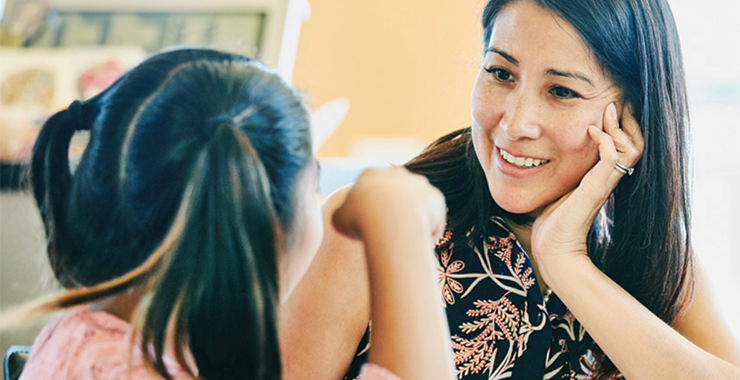
As the United States approaches 2 full years of the COVID-19 pandemic, mental illness and the demand for psychological services are at all-time highs—especially among children. While some children benefited from changes like remote learning, others are facing a mental health crisis. Prior to COVID-19, Centers for Disease Control and Prevention (CDC) data found 1 in 5 children had a mental disorder, but only about 20% of those children received care from a mental health provider. Whether kids are facing trauma because of child abuse or loss of a family member or everyday anxiety about the virus and unpredictable routines, they need even more support now—all amid a more significant shortage of children’s mental health resources.
In a 2020 survey of 1,000 parents around the country facilitated by the Ann & Robert H. Lurie Children’s Hospital of Chicago, 71% of parents said the pandemic had taken a toll on their child’s mental health, and 69% said the pandemic was the worst thing to happen to their child. A national survey of 3,300 high schoolers conducted in spring 2020 found close to a third of students felt unhappy and depressed much more than usual.
Mental health crises are also on the rise.
From March 2020 to October 2020, mental health–related emergency department visits increased 24% for children ages 5 to 11 and 31% for those ages 12 to 17 compared with 2019 emergency department visits, according to CDC data (Leeb, R. T., et al., Morbidity and Mortality Weekly Report, Vol. 69, No. 45, 2020).
Emergency visits could be mitigated with more widespread outpatient care, but even before the pandemic, kids often had to wait months for appointments (Cama, S., et al., International Journal of Health Services, Vol. 47, No. 4, 2017). Only 4,000 out of more than 100,000 U.S. clinical psychologists are child and adolescent clinicians, according to APA data. School psychologists are also in short supply, leaving kids without enough support at school. The National Association of School Psychologists (NASP) recommends a ratio of 1 school psychologist per 500 students; current NASP data estimate a ratio of 1 per 1,211 students.

Recent Comments